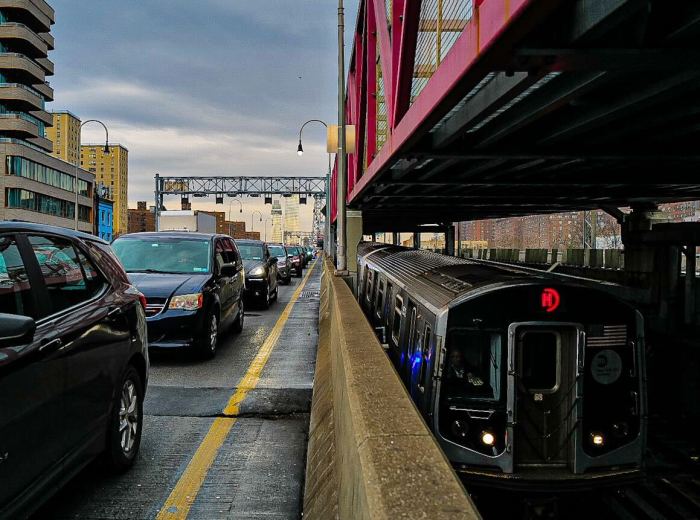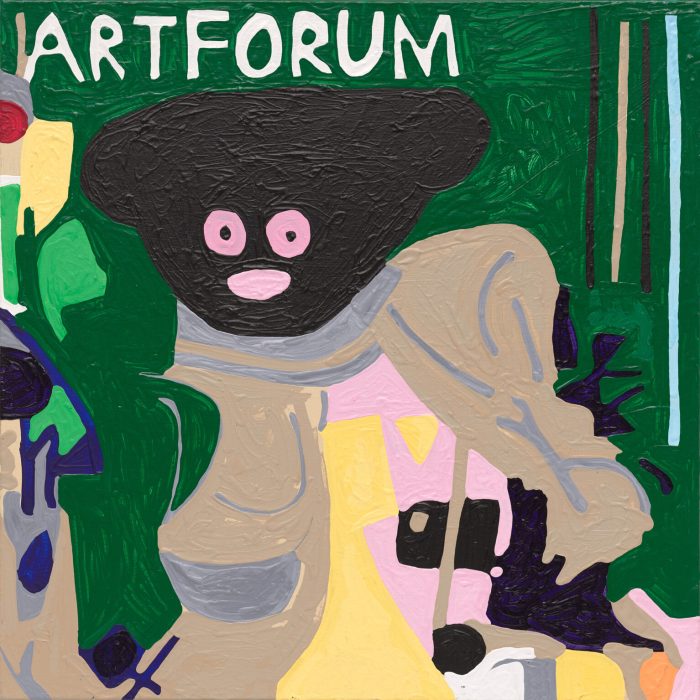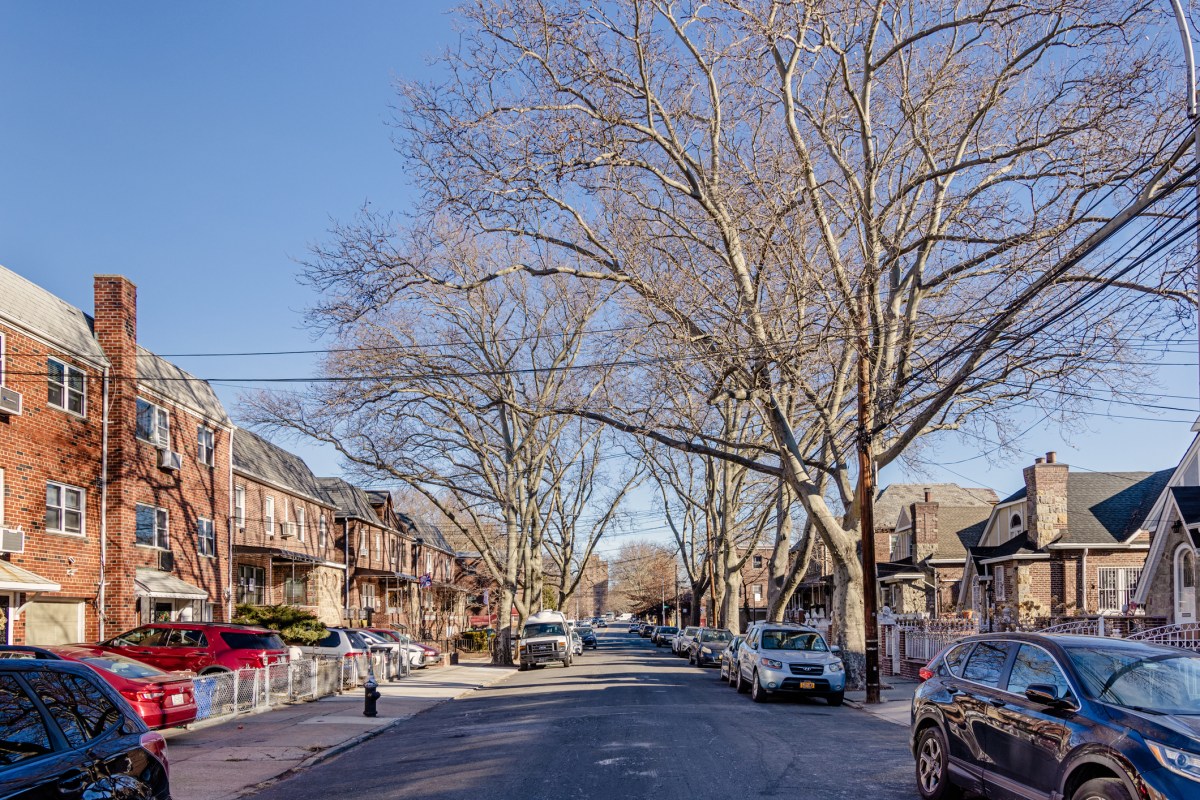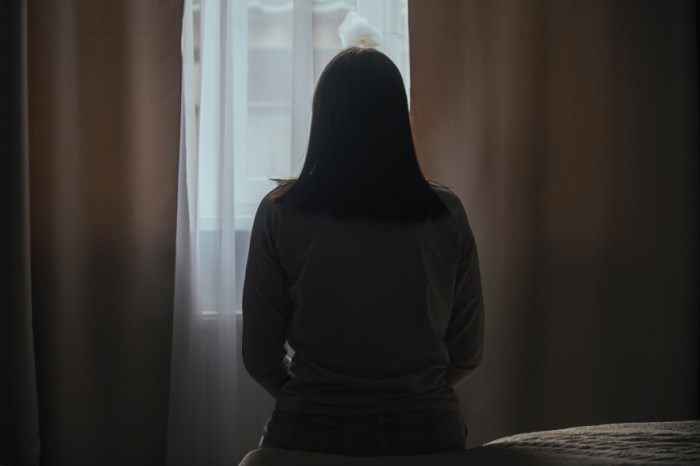After more than a year of speculation that the mayor’s streetcar dreams were dead, the Brooklyn-Queens Connector is plugging forward under a scaled-back vision.
Mayor Bill de Blasio on Thursday released the first detailed report on his streetcar, known as the BQX, unveiling a shorter, more expensive route that will take longer to build and require at least $1 billion in federal funding — despite initial claims from the mayor that the project would pay for itself when he first proposed the concept in 2016.
“There’s a whole lot of people whose lives essentially just take place in Brooklyn or just take place in Queens, or between Queens and Brooklyn, who see [the BQX] as a real advantage to provide more transportation,” said de Blasio at an unrelated news conference Thursday. “We believe it can be done and will be a huge contribution to New York City’s mass transit.”
The adjustments come after nearly two years of street studies and public meetings with residents to hash out the streetcar system, which the city aims to run on city roads along the Brooklyn and Queens waterfront with at least 70 percent of the route reserved for exclusive streetcar right of way.
The route has been reduced from 16 miles to 11 miles and will no longer include a southern terminus at Sunset Park, due to an estimated low ridership and high cost of construction, according to the report, which also found that the nearby R train was a faster option for commuters in the neighborhood.
It will instead terminate at Red Hook and run north to Astoria. The city has also altered the streetcar’s alignment to move an elbow of the route out of DUMBO and into downtown Brooklyn in an attempt to boost ridership in the more bustling area.
De Blasio’s estimated price tag of $2.5 billion has increased to $2.7 billion, with about half of the cost coming from value-capture financing, in which the city collects additional tax revenue from the development’s increasing of nearby property values.
The city also no longer expects to break ground on the project in 2019 and begin running streetcars in 2024. Construction is now expected to begin approximately three years after de Blasio leaves office at the end of 2021, with the streetcar system beginning to run in 2029.
With an estimated ridership of 50,000 per day, the streetcar would be slightly busier than the most popular buses in the city — the B46, M15 and Bx12 — which carry between 41,700 and 46,100 riders on an average weekday.
The BQX will save riders anywhere from two to 10 minutes of commute time, depending on origin and destination, when compared to existing transit options, according to the report. Commuters taking the streetcar from Greenpoint to downtown Brooklyn would see the most time savings, between seven and 10 minutes. But the BQX would make traveling from downtown Brooklyn to Red Hook only two or three minutes faster.
Many transit experts and even residents who agree that the city needs more and better mass transit have questioned every element of the project — from the cost to the route and the feasibility of actually running a functional streetcar amid other traffic.
The streetcars are expected to run at 12 mph on rails built into the roadbed and to be powered by overhead cables. They would make 26 stops, running every five minutes during peak hours and every 10 minutes during other hours of the day. Waits would increase to 20 minutes during late night hours, from 11 p.m. to 1 a.m. The city is still debating whether it would run service from 1 to 5 a.m.
Jon Orcutt, a spokesman for TransitCenter, which has heavily criticized the project, said that many American cities have returned to building streetcars without much success. He said the city has more pressing priorities, like reviving ever-slowing and increasingly unreliable subway and bus service.
“I don’t think they vetted this well in 2016 and that’s obvious now that they have to make these concessions,” said Orcutt, who still believes the project is effectively dead.
“I suspect they don’t want to admit the mayor was wrong here and found a way to continue the project without making the decisions. This timeline basically leaves the big decisions for the next mayor,” Orcutt continued. “I think it sort of stays as a zombie project until a set of candidates or the next mayor says, ‘no, we’re not going to do it.’”
But the de Blasio administration will press on and is now working on its environmental impact statement for a project that was first envisioned by the private developer Two Trees Management.
The mayor was hopeful that after the 2018 elections, a potentially more left-leaning Congress would be more willing to fund projects like the streetcar, as well as existing transit, like subways and buses.
“My hope, and I think it’s a realistic one, is under new political leadership there’s going to be a lot more money for subways and buses, too,” de Blasio said. “And we need all of the above.”



































